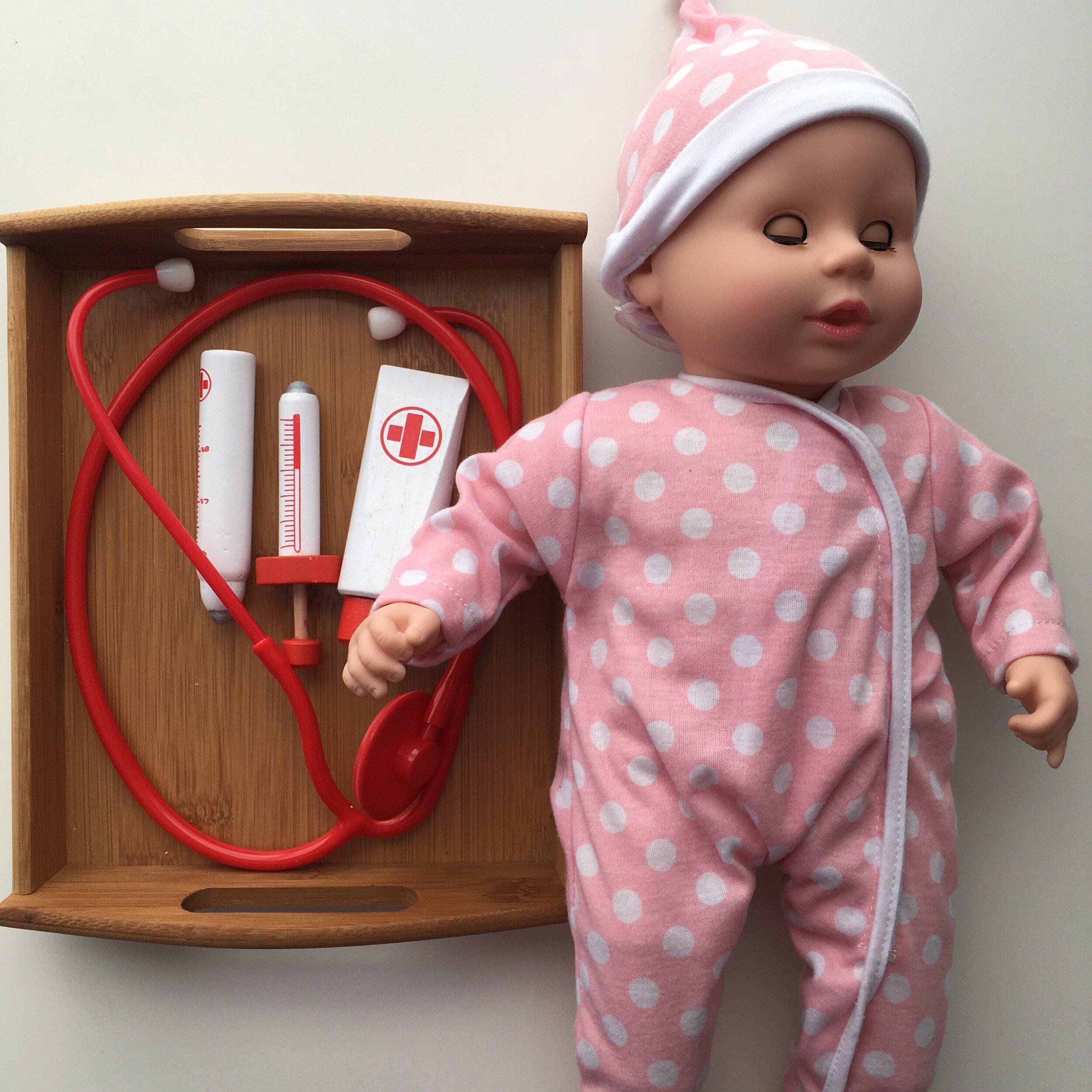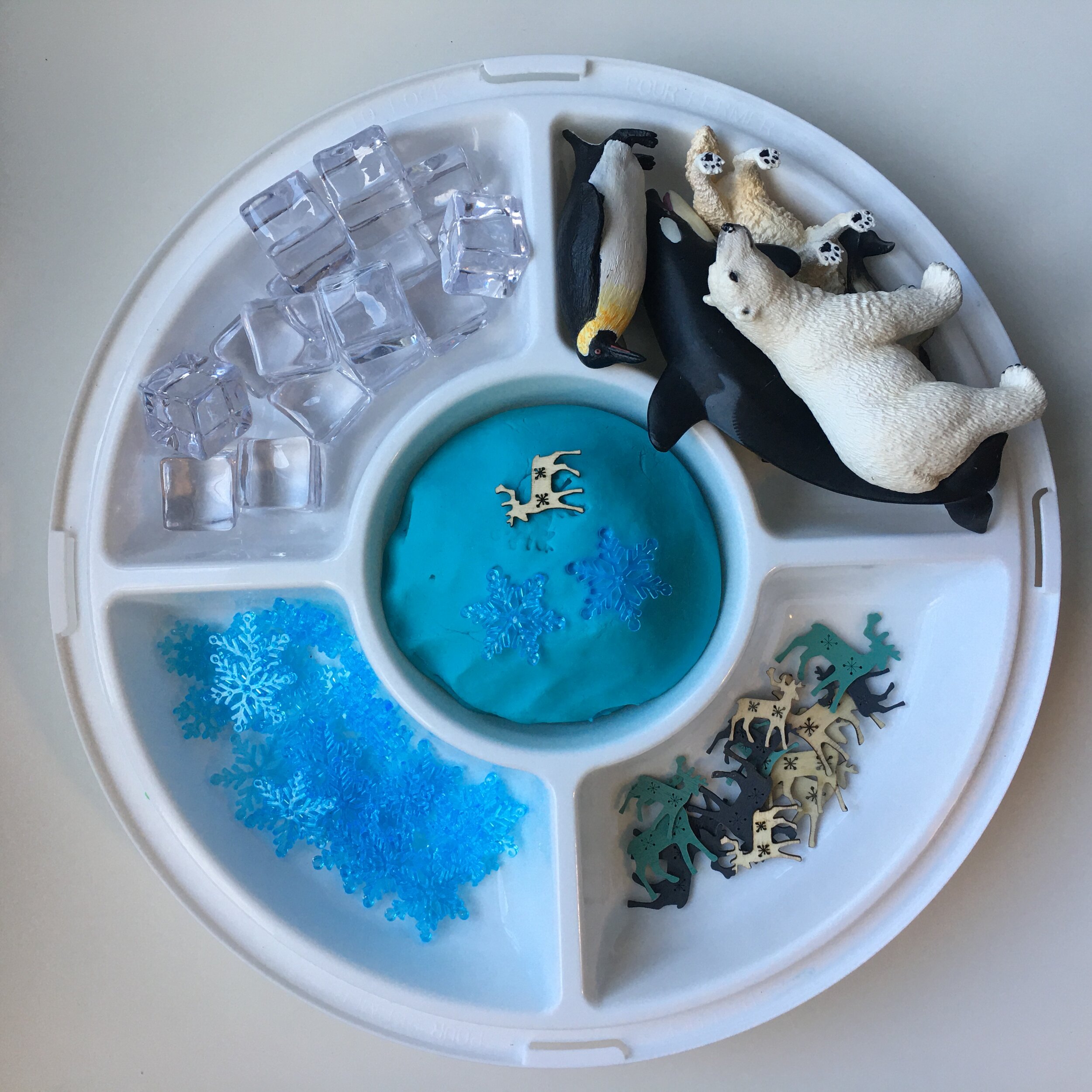5 tips to help you create a daily play routine
Written by Cindy Hovington, Ph.D. Founder of Curious Neuron and Host of the Curious Neuron Podcast.
Montreal, Canada
Given that I am home with my 3 kids (ages 8 months, 2 1/2 and 4 1/2), planning for my week is essential. Every weekend I take a few minutes to look over my favourite Instagram accounts (I have pictures saved to make it faster) and websites that are based on play and preschool. They provide me with ideas and inspiration.
Given that most parents are now home with their children due to covid-19, I thought I would share my 5 tips to help you create your weekly play routine that will help stimulate your child’s development.
TIP #1 - Planning your week makes it easier.
I like planning my week. My meals, kid’s activities and even my IG posts. This way when Monday comes, I know exactly what is to come.
I don’t have a set schedule for my day when it comes to playing (meals, snacks and naps are scheduled). I keep in mind certain “play categories”. Here is the list below. I personally don’t like having set times for all my daily activities. I tend to go with the flow and my kid’s interest a little more. However, I make sure that we have different types of play during the day and have certain categories that fit better at specific parts of our day.
Here is an example of a day in our home:
MORNING
My children play independently while I prepare breakfast (around 7/7:30am). Then we play pretend (sign-up below for a 2-page pdf to get more pretend play ideas!). After playing pretend, we read some books and then my baby takes his nap. During his nap, I either do an art activity with my kids, something that is a little messier, play with loose parts (learn more HERE), something learning-based or has small parts. When my baby wakes up we usually go back to pretend play or play with building toys such as LEGO Duplo, wooden blocks or magnetic tiles that are safer for my baby. They play independently while I prepare lunch (they usually continue what we were playing).
AFTERNOON
We read books after lunch then do a “quiet time” activity such as a puzzle. After their nap (they often do not nap at the same time!), we move. Indoors we might have a dance party or an obstacle course, or we might go for a walk outdoors. I practice life skills by giving them a role to prepare their own snacks (they also help out with dinner). I provide them with a small cutting board and a toddler knife.
EVENING
They play independently again while I prepare dinner and we usually play together as a family after dinner or they play board games with their father while I clean up and get started on some work for Curious Neuron.
Tip #2: Boost your pretend play with printables.
This is an example of how I set up pretend play doctor on our shelf.
Pretend play is what we play the most in our home. IT’S THE BEST! It allows me to play with all 3 of my children, it allows me to help them develop important life skills that will prepare them for school, and provides many opportunities to help them with developmental milestones. Also, if you are working from home given the Corona Virus pandemic, pretend play can allow you to do some work while keeping them busy (although sensory bins are even better! Read more about sensory play in babies and older kids). We are a mostly screen-free home and when I was pregnant with my third and was living most of my first trimester in the bathroom due to morning sickness (more like all day sickness!) pretend play was the BEST way to play and lie half-conscious on the floor. I would say “Oh hello, is this a coffee shop? Wonderful! May I have a blueberry muffin and a coffee please?” and my kids would run to their play kitchen. Having some handouts really enhances play. For example, if you are playing pretend doctor, you could print out a picture of the body and your child has to colour in the part of the body that you injured.
Tip #3: Setting up different play areas and rotating toys helps kids play independently.
The amount of toys and the way you set up a child’s play area will have a role in how well they play independently. When I picture the ideal set up for a playroom, I picture Katie’s stunning playroom from @early_childhood_fun101. You could have this set up in a large playroom or a small play area. I have a small kids table from IKEA in my dining room and I use it for arts and crafts activities. I have a small box with a pillow as a reading area and I also have a breakfast tray from IKEA that I can fold and store away. I use this as another play station as well. You can create these stations in any area you have.
Below are some examples of how Katie creates different play spaces in her playroom!
Picture courtesy of Katie from Early Childhood Fun101
Picture courtesy of Katie from Early Childhood Fun101
Picture courtesy of Katie from Early Childhood Fun101
Picture courtesy of Katie from Early Childhood Fun101
Picture courtesy of Allison from @inspired_little_learners
Learning to play independently is an important part of development. When your baby (around 6 months of age) is playing well on their own, step away. See how long they can focus on something and help them by minimizing the toys in their play environment. The less you have in their environment (at any age) the more it helps them focus (read more HERE). You can also help minimize the toys by rotating toys. Have most of their toys where they can’t see or reach them and leave only a few toys out for them to play with.
Here is an example of a toy shelf for a toddler. Allison from @inspired_little_learners follows Montessori methods of play and learning. Every week she displays wonderful examples of how to set up a play shelf like the one in this picture.
Tip #4: It isn’t about the toys you have, it’s about having the right items you have to CREATE play opportunities.
If you have a baby that crawls or just started walking, odds are they move around your home to play with your kitchen items! Kids love playing with items rather than toys. Especially if they are ours. I have learned that I am better off spending money on trays, jars, divided trays, containers, wooden items or little boxes that open (see pictures below). Most toys get some love from kids for a short amount of time. However, the jars and trays I receive some love just about every day. I create invitations to play with them, we use them for pretend play, I set up arts and crafts on the trays and much more.
An example of a “self-serve” station for my 2 and 4 year old. They can cut their own fruit, pour their water, wash their hands and use the spray bottle and clothe to clean the table.
I have different jars like the ones in this picture as well as many trays. In this activity, my children were pouring dried beans and pretending to cook using the small bowls (Chickadeeswooden Toys from Etsy).
Tip #5: “Invite” children to play.
There is a difference between having LEGO’s placed in a bin versus walking up in the morning and seeing that your mom or dad built a small house with your LEGO’s and Miney Mouse is playing in the house! My kids love seeing an “invitation to play”. If your child struggles with playing independently, this is a great way to get them excited about playing. I do this with their stuffed animals, play-doh, animal figurines and some building blocks/magnetic tiles. I might set up their stuffed animals by placing each one on their own sheet of white paper and pretend they are hospital beds. I will place a few band-aids on them and set up their pretend doctor toys in…you guessed it…a tray! When they wake up they see this and get a few giggles from this. They immediately dive into play and this gives me time to prepare their breakfast and feed my baby.
Play doh invitation to play.
I used a mix of toys for this invitation to play.
Invitation to…SMASH! I added Cheerios and a wooden hammer.
I added some loose parts (random small objects) in a jewelry box.
Why do kids need a routine?
Children do need some sense of routines. It brings them consistency and comfort. It also helps them construct healthy habits. For the most part, we have routines but when it comes to playing, I like to use this part of my child’s day to give them autonomy to decide and make their own choices.
I recently heard about this AWESOME product called Reward’ums. It provides children with visuals for their schedule. Here is the best part, they are stickers that can be added to any location in your home. A wall, table, fridge, hallway, bathroom, entrance/mudroom ANNNNDDD you can peel them off and re-stick them to a new surface over and over again! Check out their website or Instagram account.

















